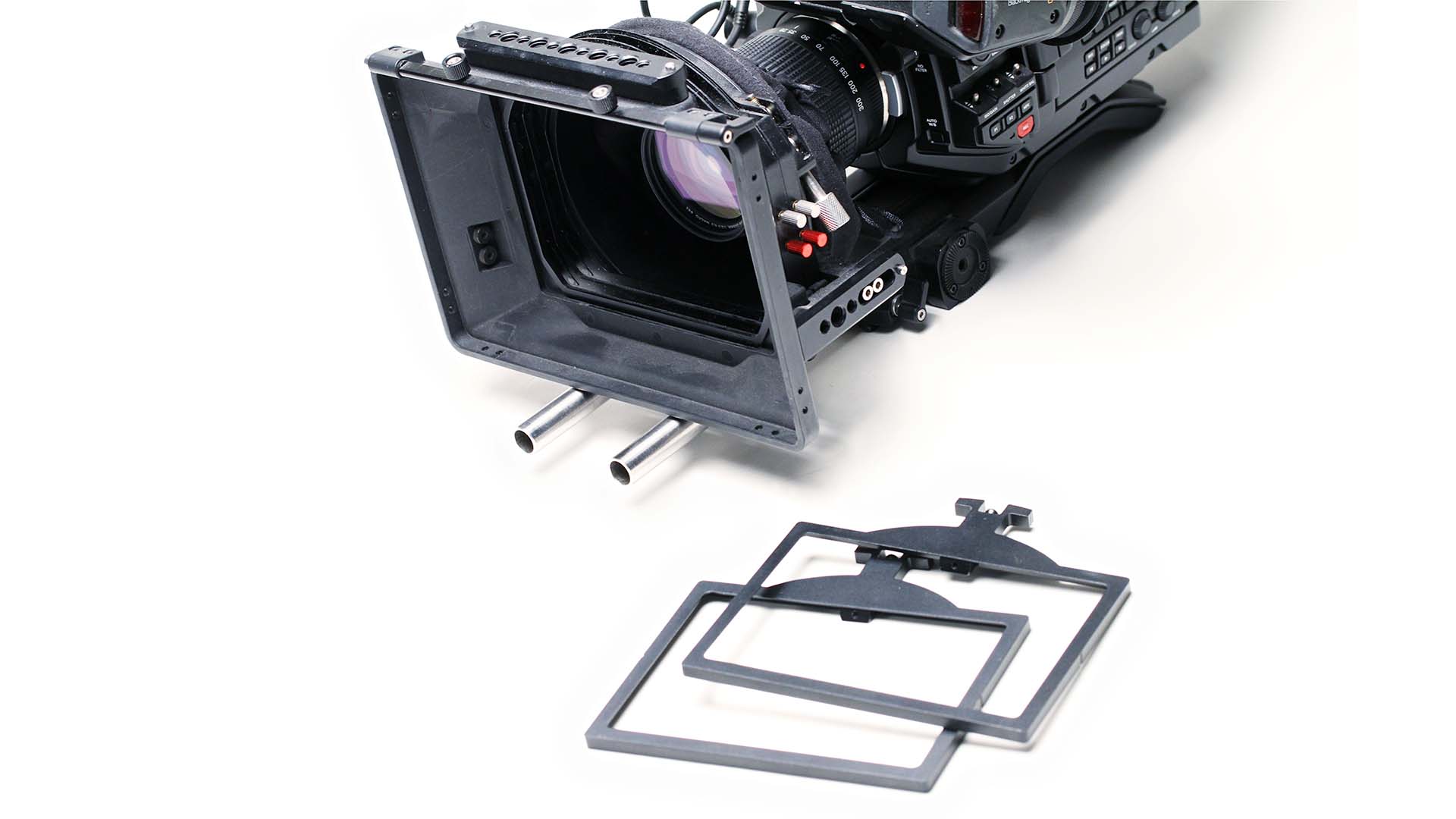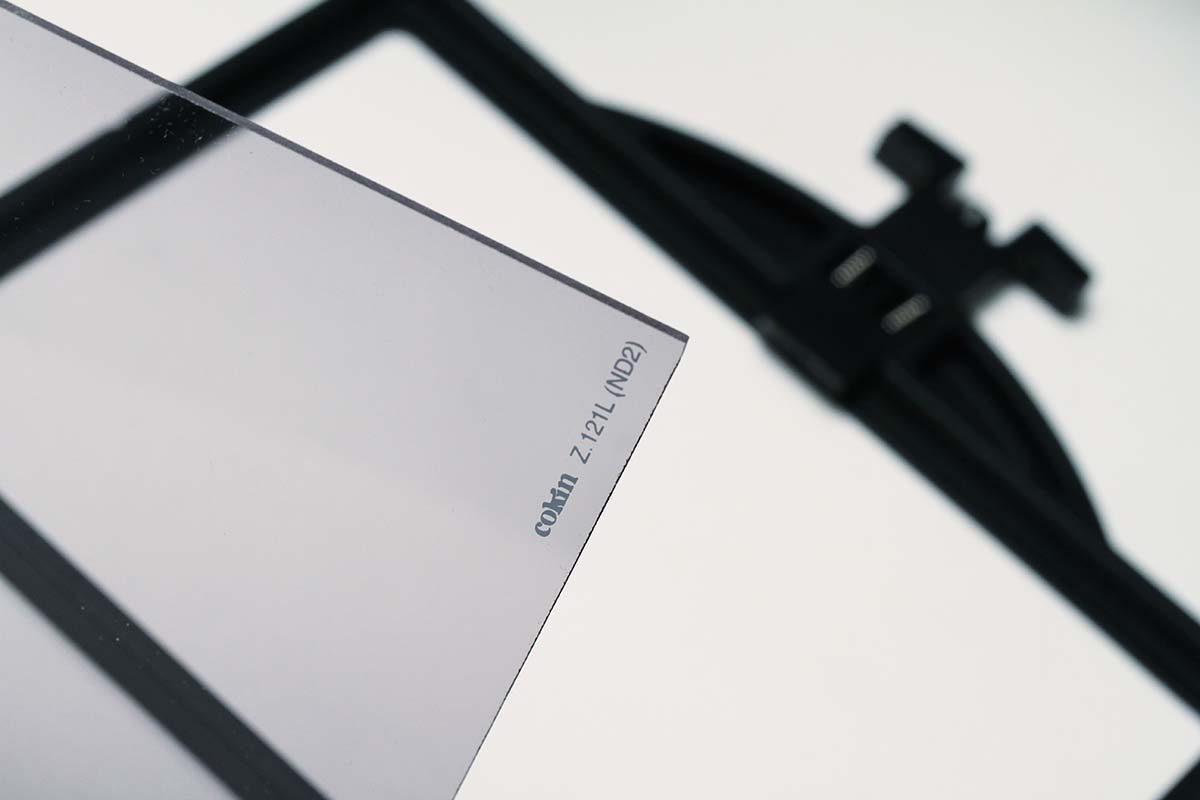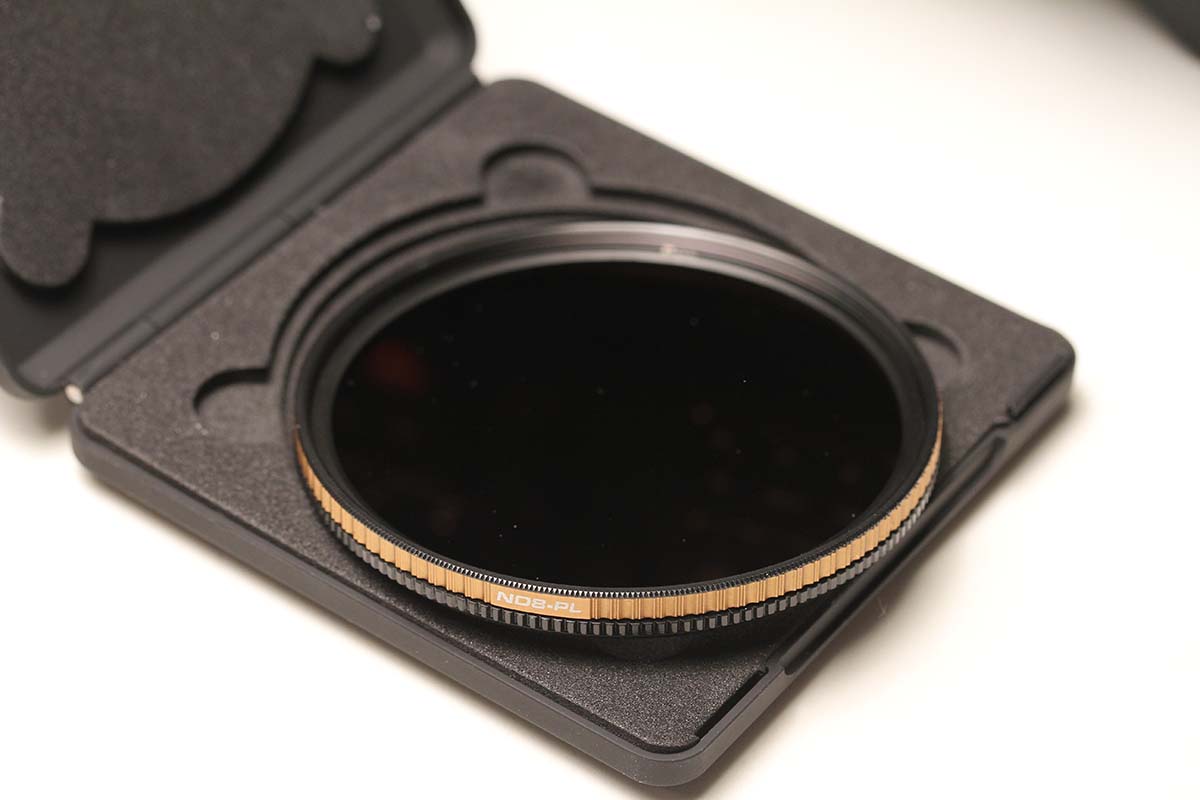
Replay: Filters are old hat, right? We can do it all in Resolve, right? Right?
For anyone who's recently rocked up at film school, or at least the media department of the cheapest-available university, the idea of spending several hundred units of currency on what looks like a glass drinks coaster is probably not very attractive. A full Resolve license is about the value of a decent four-by-four filter and that makes filters look expensive, but going cheap on no-name resin options becomes a worse idea the better cameras and lenses become.
The world of filters can also seem fussy. It'd be interesting to see if even the most golden pair of eyes can actually tell the difference between comparable densities of Smoque and UltraCon, on at least some sorts of scene, or identify different grades of Schneider Tru-Streak given no knowledge of the light provoking the resulting flare.
The filter wears Prada?
More than one eminent commentator has suggested that the purpose of Glimmerglass is not so much to create halation and mild detail reduction (though it does) but to sparkle prettily when you show it to the talent (which it also does), so as to increase said talent's confidence in oneself as a camera specialist. If this seems like a confidence trick designed to leverage the talent's lack of technical expertise, well, it is.
Even if this wasn't enough to encourage everyone to rely on Resolve, Tiffen itself used to promote a digital effects plugin which simulated its filters and used its trademarked names to describe the effects. While many people would correctly anticipate that the digitally-rendered effect won't quite match the real thing, it suggests that filtration, like so many other things, is subject to computerisation. Log and raw recording have certainly made post production filtering much more effective than it ever was.
Knowing all this, filters start to look like designer clothing: nice, but ultimately expensive and unnecessary. The average film student might assume that paying the equivalent of a couple of really good nights out for a carefully-imperfect piece of glass is a misapplication of beer money. Similar things have been true since people started using filters in optical printers in the days of film, and nothing I'm going to add after the inevitable "but" in this discussion is going to change that.

Large matte box slide in filters can be pricey.
But (there we go) filters have a number of very unique characteristics. They have near-as-who-cares infinite resolution. They have infinite dynamic range. They add no noise. They handle infinitely-wide colour gamuts at infinite frame rates and they take no time to render; nobody can mess your intentions about in post and everyone on set has full sign-off on what you're doing. As a result, there are a lot of things that filters can do that post production techniques absolutely cannot.
The trivial example is NDs and ND grads; even modern cameras shooting log formats clip in the end. Simple tinted colour filters can, within limits, be simulated with creative white balance, although there are limits, and blue filters in particular can reduce noise compared to an electronic solution (modern sensors are generally noisiest in blue, so amplifying the blue signal to cool the image off isn't great if you can use a blue filter instead).
Another filter you can't fake is a polariser, which only works in camera because cameras just don't see the polarisation in light. Possibly you could simulate some of what a polariser does, if you're just darkening skies, for instance, but the subtle control of reflections is essentially impossible to fake.

A polariser is still an essential filter that cannot be properly recreated in post.
Where filters become most visible, though, is diffusion, or anything which involves reduced resolution, halation or contrast reduction. An Ultra Contrast or Fog filter, which reduces the dynamic range of the image, can't be simulated in post. They operate, in part, by diffusing light into darker areas of the frame; remove the filter, and any detail in those darker areas risks being crushed into irretrievable shadow. Taking the sharp edges off resolution is also much more effective before the image has been turned into a little grid of pixels and any aliasing is baked into the data.
Probably the most visible expression of real glass filters is halation, which means almost all diffusion and contrast reduction filters to some extent. Even the best cameras struggle to see the brightest parts of a glowing lightbulb, for instance, but a piece of glass, enjoying infinite dynamic range, can react to it with complex effects that aren't easily simulated. People spend a fortune on lenses that create interesting effects, so the usefulness of filters should be clear.
Modern cinematography often pushes for organic, old-school effects which are rooted in real-world physics. Filters can do those things in a way electronics absolutely can't, because the electronics don't have access to all the light that was flying toward the lens - just a very incomplete record of it. Anyone who's interested in lenses should be at least as interested in filters.
Tags: Production Filters


Comments